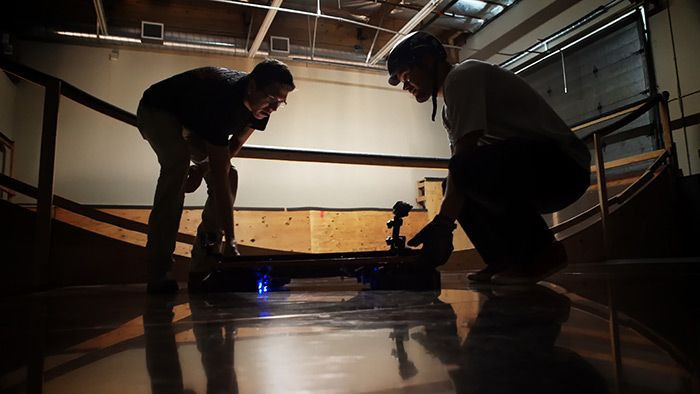NASA enters into Space Agreement with Arx Pax to control satellites with hoverboard technology

NASA is teaming up with the hoverboard developer Arx Pax to build micro-satellite capture devices that could control cubesats from a distance in space through magnetic fields. Using a technology called Magnetic Field Architecture, or MFA, the collaboration aims to create a type of specialised magnetic field that helps satellites stick together and move in a coordinated way without physical contact.
The project is under the Space Act Agreement of NASA with Arx Pax, a Silicon Valley technology company that created the MFA and hover engine technology, for a more efficient way to transmit electromagnetic energy. In a press release, Arx Pax said the device will draw as well as repel satellites at the same time, which will hold a satellite at a distance for it not to move away or toward the capture device.
But the satellite-manipulating hover technology will not draw a larger spacecraft like a tractor beam from "Star Trek." To date, experts say that the principle of magnetic fields can only be applied to move and control tiny satellites like cubesats, which can be smaller than a cereal box.
"We're talking on the scale of centimetres," Arx Pax co-founder and CEO Greg Henderson told The Verge. But the device will improve the efficiency and capabilities of micro-satellites, which would lead to new possibilities for Earth's monitoring systems and space explorations.
The hover technology will provide space exploration devices a long-term potential, Arx Pax stated. The capability to coordinate and link up satellites could bring more benefits for NASA for its far reaching devices in space.
"NASA realised that this is a fundamental tool… What we’re providing NASA is a way of manipulating objects in space without touching them," Henderson told Gizmodo. Within the decade, the collaboration plans to develop a prototype of the cubesat-moving device.
Contact the writer at feedback@ibtimes.com.au or tell us what you think below





















